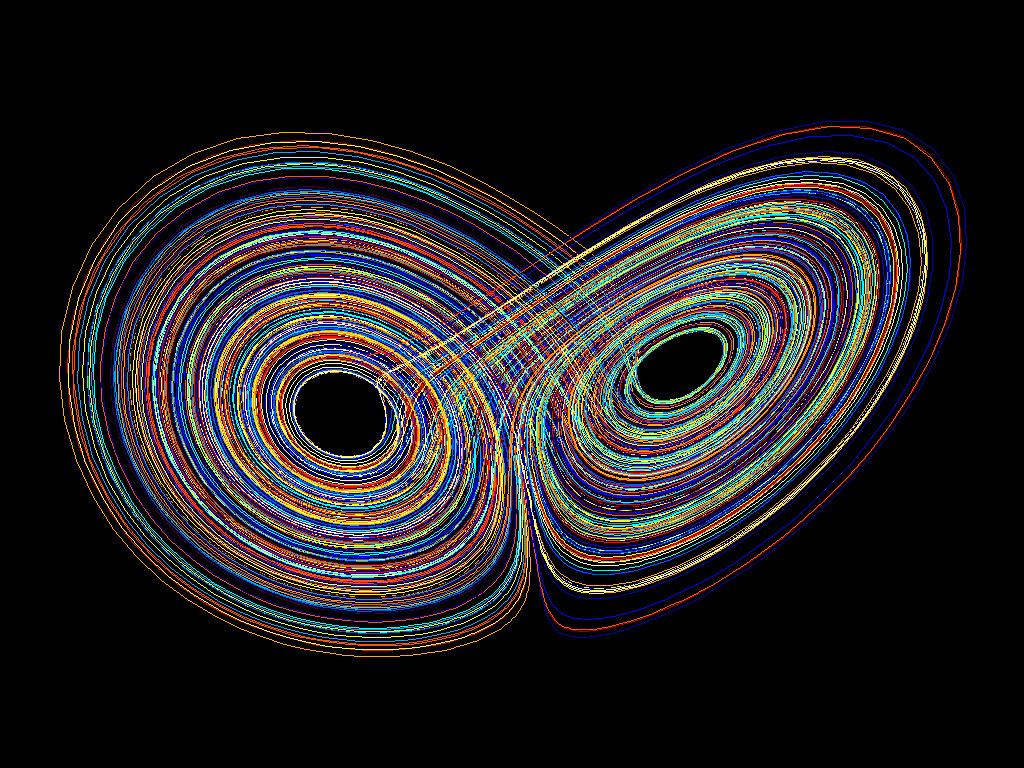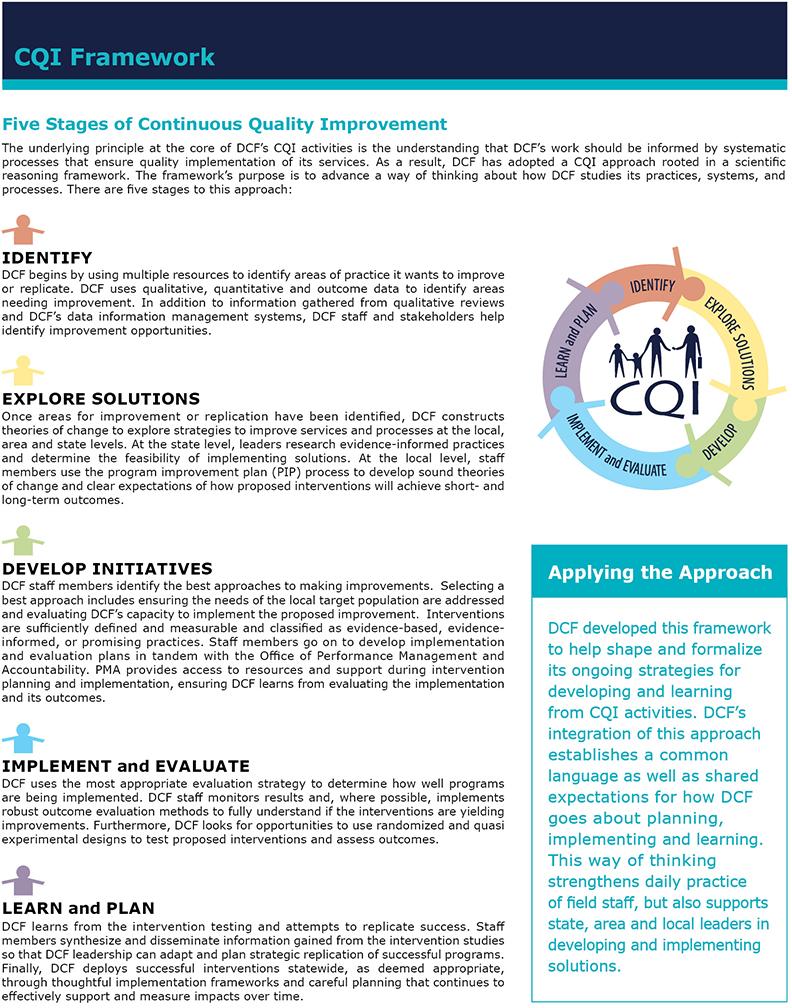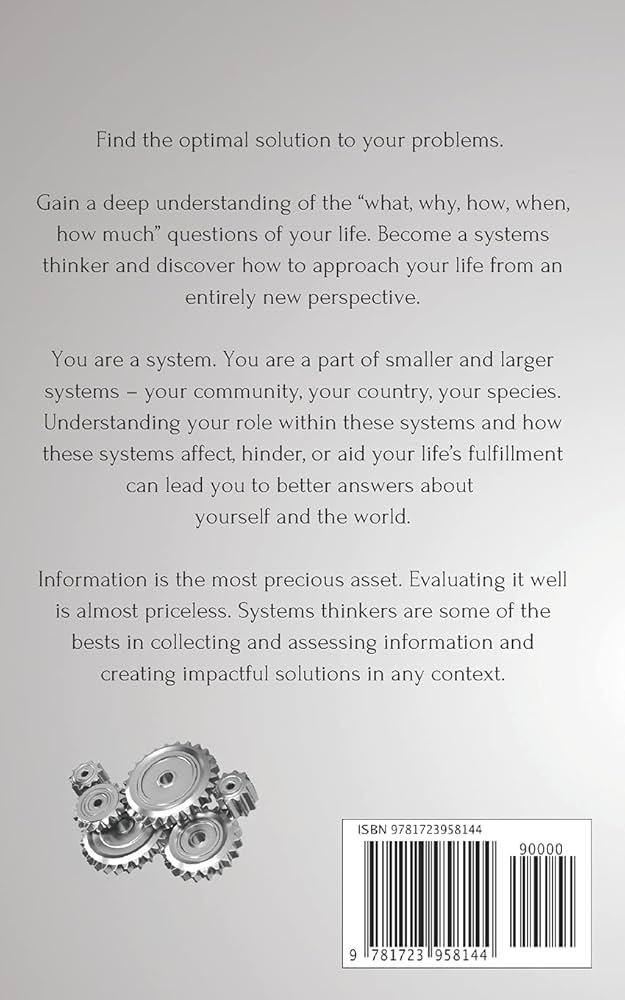In the vast expanse of the DCF universe, a realm of unpredictability reigns, defying the conventions of order and stability. It’s as if the very fabric of this world has been woven from the threads of chaos, creating a tapestry of seemingly inexplicable events and outcomes. Welcome to the DCF universe, where the boundaries between chance and causality are blurred, and the concept of control is an illusion. This is the realm of the Chaos Theory of the DCF universe, where the intricate dance of complexity gives rise to an ever-shifting landscape, where the only constant is change. Join us on a journey through the unpredictable topology of this world, where the principles of chaos theory provide a framework for understanding the inherent randomness that lies at its core.
In the Eye of the Hurricane Understanding the Butterfly Effect
Delving into the intricate dynamics of the DCF universe, it becomes apparent that even the slightest variation can significantly alter the course of events, much like the ripple effect caused by a butterfly flapping its wings. This concept, dubbed the butterfly effect, showcases the inherent unpredictability and sensitivity of chaotic systems. As tiny, seemingly insignificant events trigger a cascade of reactions, the distinction between cause and effect becomes increasingly blurred.
Consider the following exemplary scenarios, where an inconsequential occurrence sets off a chain reaction of events that drastically transforms the environment:
In the context of the DCF universe, this fragile equilibrium can be represented by the following equation:
| Caos = (√disordine × fluttuazione aleatoria) | |
| Disordine | misura della complessità interna |
| Fluttuazione aleatoria | elemento indipendente di cambiamento |
A delicate balance of factors transforms into chaos, illustrating how the underlying mechanics of the DCF universe can be extremely difficult to predict and quantify.

Navigating Turbulent Systems and Unpredictable Outcomes
In a universe as complex as the DCF universe, can be likened to traversing a dense jungle – the path is shrouded in uncertainty, and every step has the potential to either lead to discovery or disaster. Here are a few key strategies for navigating these systems:
- Monitor Sensitive Dependencies: Establish key performance indicators that monitor the system’s most sensitive relationships, enabling early detection of potential disruptions.
- Adapt to Emergent Patterns: Develop a culture of adaptability, prepared to respond to new patterns and trends as they emerge, rather than adhering rigidly to a predetermined course.
- Foster Resilience: Cultivate resilience by encouraging experimentation, learning from failure, and embracing the insights gained from navigating turbulent systems.
Unpredictable outcomes often necessitate a more nuanced understanding of complex relationships and a higher degree of situational awareness. By using tools like Decision Matrix Analysis, decision-makers can better navigate uncertainty, breaking down complex problems into manageable, quantifiable components.
| Factors | Weight (0-1) | Score (1-5) | Weighted Score |
|---|---|---|---|
| Cost | 0.4 | 4 | 1.6 |
| Time-to-Market | 0.3 | 3 | 0.9 |
| Brand Impact | 0.3 | 5 | 1.5 |

The Fractal Nature of Choice and Responsibility
The intricate web of choice and responsibility is a fundamental aspect of the DCF universe, reflecting the infinite complexity of a fractal pattern. Fractals, by definition, exhibit self-similarity at different scales, displaying identical patterns repeated infinitely. Similarly, every decision made within the DCF universe triggers a ripple effect, producing an infinite array of choices and responsibilities that mirror one another in their complexity and nuance.
As we navigate the intricate fractal of choice and responsibility, we can observe several key patterns that underlie the chaos:
- Choices beget choices, and responsibilities beget responsibilities, creating an infinite web of interconnected decision-making processes.
- Every individual within the DCF universe has the power to shape their own destiny through the choices they make, influencing the fractal pattern of the universe as a whole.
- The butterfly effect is alive and well in the DCF universe, where even the smallest decision can have far-reaching consequences that resonate throughout the fractal pattern.
| Fractal Dimension | Choice and Responsibility |
|---|---|
| Self-similarity | Identical patterns of choice and responsibility repeated infinitely |
| Scaling | Choices and responsibilities magnified or diminished depending on the scale at which they are observed |
| Infinity | Infinite iterations of choice and responsibility, each influencing the next |

Delving into the Dynamics of Uncertainty and Risk
In the pursuit of forecasting future cash flows, the Discounted Cash Flow (DCF) model has long been the cornerstone of financial analysis. However, this methodology often falls short in capturing the true essence of uncertainty, as it relies heavily on probabilistic assumptions and historical data. The Butterfly Effect, a concept born out of Chaos Theory, illustrates how minute variations in input values can culminate in drastically different outcomes. This phenomenon is particularly pertinent to the DCF universe, where small fluctuations in discount rates or cash flow projections can significantly alter the present value of a company.
| Input Variables | Chaos Theory Implications |
|---|---|
| Discount Rate | Fluctuations of 1-2% can result in a 10-20% variation in present value |
| Cash Flow Projections | Minor changes in growth rates or terminal values can significantly impact present value |
To mitigate these risks, analysts have developed alternative methods, such as:
- Sensitivity Analysis: Examining how changes in input variables affect the outcome
- Scenario Analysis: Creating multiple scenarios to account for varying possibilities
- Monte Carlo Simulations: Using probability distributions to simulate multiple outcomes

Complexity Through Interconnectedness in Dependency Cases
The intricate web of relationships between family members, caregivers, and the DCF system can be likened to a delicate ecosystem, where even the slightest perturbation can have far-reaching consequences. Butterfly effects can be observed, where seemingly minor actions or decisions lead to significant outcomes. For instance:
- Inadequate communication between caregivers and caseworkers can lead to misunderstandings, resulting in delayed or inadequate services for children.
- Unrealistic expectations placed on caregivers can lead to frustration and burnout, ultimately compromising the quality of care provided.
- Systemic barriers to accessing resources can hinder a family’s ability to comply with court-ordered services, perpetuating a cycle of dependency.
| Interconnected Element | Potential Consequence |
| Inadequate training for caregivers | Lack of confidence, increased risk of child neglect |
| Ineffective collaboration between agencies | Duplication of services, fragmented support systems |
| Unaddressed cultural and linguistic barriers | Inaccessible services, decreased engagement from marginalized communities |
The dynamics at play in dependency cases underscore the importance of recognizing and respecting the interconnectedness of the systems involved. By doing so, we can better identify potential pitfalls and develop more effective strategies to support families and children navigating the complexities of the DCF universe.

The Ripple Effect of Family Dynamics on Dependents
The chaotic nature of family dynamics can have a profound impact on dependents, creating a ripple effect that resonates throughout their lives. This phenomenon can be likened to the throwing of a stone into a still pond, causing waves to radiate outward and disturb the tranquility of the surrounding environment. In a similar manner, the actions and behaviors of family members can send shockwaves through the household, affecting the lives of everyone involved.
Some of the ways in which family dynamics can impact dependents include:
- Increased stress levels: Exposure to constant conflict, anxiety, or tension within the home environment can lead to heightened stress levels in dependents, which can have serious long-term consequences for their emotional and physical well-being.
- Emotional scarring: Dependents who are exposed to trauma, abuse, or neglect within the family unit may experience emotional scarring, which can lead to difficulties in forming healthy relationships and achieving emotional stability later in life.
- Developmental challenges: Unstable or dysfunctional family dynamics can create an environment that hinders the healthy development of dependents, making it more difficult for them to achieve their full potential in terms of academic, social, and emotional growth.
| Dependent’s Age | Potential Impact of Family Dynamics |
|---|---|
| Infancy and Toddlerhood (0-3 years) | Attachment issues, social and emotional delays |
| Early Childhood (4-6 years) | Behavioral problems, difficulties in forming relationships |
| Adolescence (7-12 years) | Emotional instability, increased risk of substance abuse |
| Adulthood (18+ years) | Difficulty in maintaining healthy relationships, increased risk of mental health issues |

Applying Chaos Theory Principles to DCF Case Management
DCF case management can be viewed as a complex, dynamic system, with numerous variables interacting and influencing outcomes. Drawing parallels with chaos theory, we can appreciate the inherent unpredictability and sensitivity to initial conditions that arise in this field. Butterfly effects, where small changes trigger significant events, are evident in the delicate balance between case factors.
In applying chaos theory principles, DCF case managers can adopt a more adaptive and responsive approach to their work. This might involve:
- Embracing non-linearity, where cause and effect are not always directly proportional, and outcomes can be disproportionate to the original stimulus.
- Recognizing unpredictability, where complex interactions between variables make it difficult to forecast precise outcomes.
- Identifying fractals, or repeating patterns, within case dynamics, to inform decision-making and intervention strategies.
| Chaotic Characteristics | DCF Case Management Applications |
|---|---|
| Unpredictability | Anticipate unforeseen events and be prepared to adjust case plans accordingly. |
| Sensitivity to initial conditions | Understand the significance of early intervention and the potential long-term consequences of initial decisions. |
| Non-linearity | Be prepared for disproportionate outcomes and respond flexibly to changing case dynamics. |

Achieving Control and Balance in High Pressure Situations
Recognizing the patterns and inherent order within a chaotic system can help high-pressure decision-makers navigate uncertainty with confidence.
In the face of numerous variables interacting in complex ways, maintaining control is an art. One part of this equation involves being aware of areas of natural order operating within what initially seems random, even as actions become less predictable. This is more often about understanding thresholds, such as:
- The stability of financial markets can be very predictable until high-volume trading pushes share prices rapidly up or rapidly down.
- A single investment can seem safe but may destabilize when the holdings multiply.
- Currency trading may follow known trends but lead unpredictably to chaotic price fluctuations once volumes pass certain thresholds.
In addition to these self-interacting variables, managing uncertainty often depends on being able to respond quickly and in an informed manner, factoring in the value of what is about to be gained versus the danger of an unforeseen event.
These complex balancing acts often involve quickly shifting the focus of priorities, adapting choices as more information is available, just as an investor might reassess values once new indicators become apparent. To succeed in these environments, successful decision-makers are well-advised to focus on holding steady in uncertainty rather than seeking to precisely predict all eventualities or becoming overly reactive when the course unexpectedly changes.
| Thriving in a Chaotic System | |
|---|---|
| 1. Encourage Adaptability | Prioritize the ability to assimilate new information. |
| 2. Refine Your Risk Tolerance | Continuously assess potential outcomes and adjust courses accordingly. |
| 3. Cultivate Practical Experience | Use lessons learned and real-life insights to strengthen core competencies. |

A Systems Approach to Managing Chaos and Uncertainty
Embracing chaos requires a fundamental shift in perspective, from attempting to control every variable to understanding the dynamics at play. By taking a systems approach, we can break down complex systems into their constituent parts, analyze relationships, and identify patterns. This allows us to develop strategies that not only mitigate uncertainty but also capitalize on its inherent opportunities. Consider the following key principles:
- Interconnectedness: Systems thinking recognizes that every variable affects, and is affected by, multiple other variables. This web of relationships gives rise to emergent properties that cannot be predicted by examining individual components in isolation.
- Feedback loops: By understanding both positive and negative feedback loops, we can identify areas where small changes can have significant impacts. Conversely, areas with strong negative feedback can provide a more stable foundation for our strategies.
- Resilience**: Systems designed to absorb shocks and adapt to change are more likely to thrive in an uncertain environment. This might involve diversifying our resources or creating redundancy in critical systems.
| Resilience profile factors | |
| Buffer capacity | Amount of stored energy, resources, or assets |
| Flexibility | Capacity to modify or adjust plans and systems in response to change |
| Redundancy | Duplication of resources, assets, or system functions |
By applying these principles, we can navigate chaotic systems with greater confidence, adapt more effectively to change, and uncover new opportunities for growth and innovation.
The Way Forward
As the Butterfly Effect whispers its final warnings, the DCF universe trembles with an underlying sense of uncertainty. Like the delicate dance of chaos theory, our understanding of this intricate world hangs in the balance, forever susceptible to the gentle nudge of unseen variables. And yet, it is within this tangled web of complexity that we discover the beauty of the DCF universe – a realm where the unpredictable collides with the inevitable, yielding a rich tapestry of chance and consequence. As we conclude our exploration of the chaos theory that governs this realm, we are reminded that, in the grand tapestry of the universe, the only constant is change.











